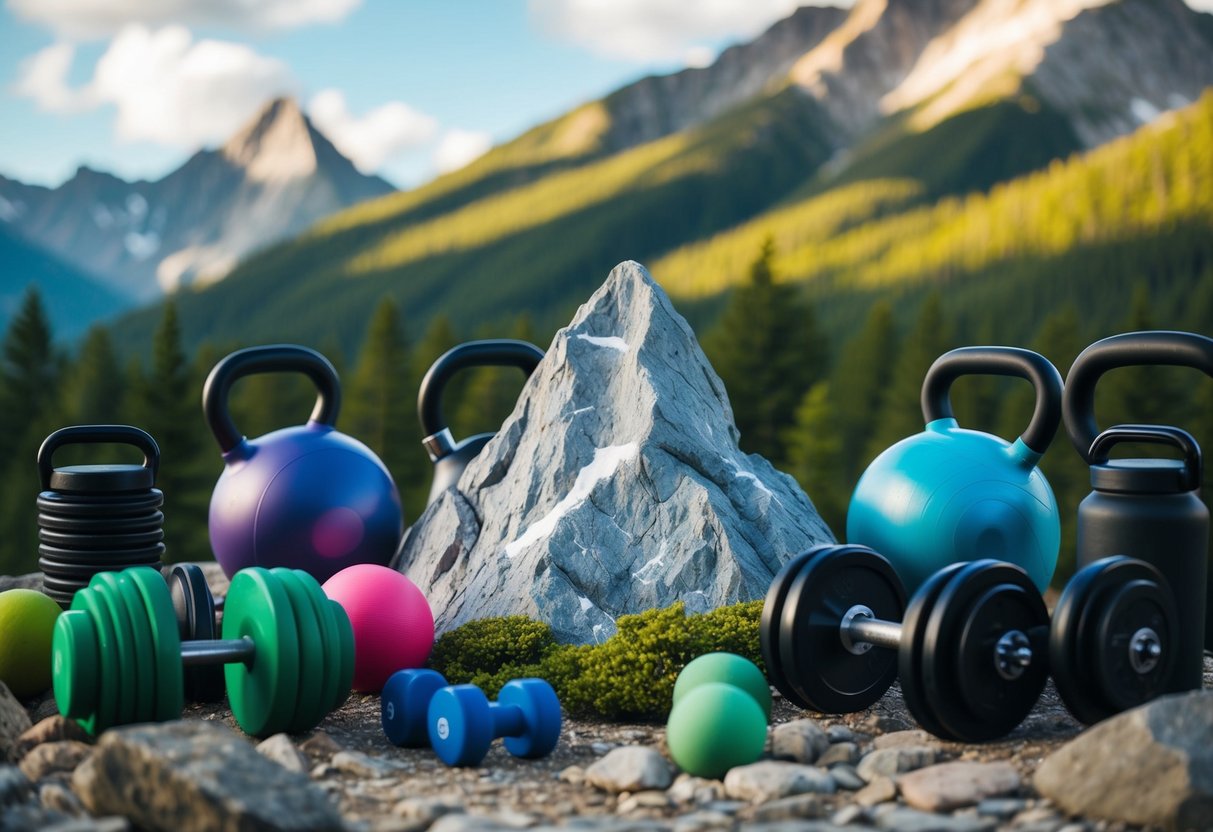Unleash Your Peak: DIY Fitness Challenges to Push Your Limits
Embarking on a fitness journey is not just about hitting the gym or following a routine. It’s about discovering what your body is truly capable of and pushing those boundaries to achieve peak performance. DIY fitness challenges offer a unique way to push your limits by allowing you to tailor workouts to your strengths and weaknesses, providing a customized path toward improved well-being.
Creating personal fitness challenges might seem daunting, but they are a great way to break free from the monotony of traditional workouts. From setting distance goals for running to incorporating more reps in strength training, these challenges bring a fresh perspective and renewed motivation. They empower individuals to set achievable milestones, fostering a sense of accomplishment and driving continuous improvement.
Integrating fitness challenges into a regular routine encourages not only physical growth but also mental resilience. Each challenge conquered builds discipline and confidence, valuable traits that extend beyond fitness into daily life. By embracing new challenges, individuals unlock their potential, leading to a healthier and more fulfilling lifestyle.
Getting Started: Assessing Your Fitness Level

Before embarking on any fitness challenge, it’s essential to evaluate where you currently stand and set achievable objectives. This ensures a safe and effective journey towards peak performance.
Understanding Your Current State
Assessing the current fitness level involves evaluating various aspects of physical health. Cardiovascular endurance can be tested through activities like running or cycling over a set distance and time. Strength can be gauged through exercises such as push-ups or weight lifting.
Flexibility might be assessed through stretches and range of motion tests. Consider recording results to track progress over time. Utilizing tools like fitness trackers or apps can provide additional insights into daily activity levels. Consulting a personal trainer offers a professional assessment to identify strengths and areas to improve.
Setting Realistic Fitness Goals
Setting clear and realistic fitness goals is crucial for motivation and success. Start by defining specific objectives, such as increasing strength, improving endurance, or losing weight. Ensure goals are measurable, like running a certain distance within a timeframe.
Breaking larger goals into smaller, achievable milestones helps maintain motivation and progress. Adjusting goals over time as fitness levels change ensures they remain challenging and attainable. Seeking guidance from a personal trainer can further help in tailoring goals to align with personal fitness assessments. This ensures progress in a safe and structured manner.
Fundamentals of a Balanced Fitness Routine

A well-rounded fitness plan involves careful coordination of several elements that work together to enhance overall health and performance. Balancing cardio, strength, flexibility, and diverse exercises ensures comprehensive development.
Integrating Cardio and Strength Training
Combining cardio and strength training provides numerous benefits, including increased cardiovascular health, better calorie burn, and improved muscular development. Cardio exercises, such as running or cycling, elevate heart rate, promoting endurance and cardiovascular efficiency.
When paired with strength training like weightlifting, it enhances muscle growth and fat loss. Start with three to four cardio sessions weekly, complementing them with varying strength workouts targeting different muscle groups. Integrating these training types optimizes body composition and boosts overall fitness levels.
Incorporating Flexibility and Core Exercises
Flexibility and core exercises often accompany cardio and strength training, though their importance is sometimes underestimated. Consistent flexibility exercises, such as yoga or dynamic stretching, help prevent injuries, promote joint health, and enhance range of motion.
Adding core-focused activities like planks or Pilates strengthens the central muscles, crucial for stability and posture. These exercises contribute to improved physical performance by ensuring the body can move efficiently. Aim for flexibility and core sessions two to three times a week for balanced fitness.
The Role of Cross-Training for Adeptness
Cross-training involves engaging in various activities that challenge the body in different ways. This approach prevents overuse injuries and keeps workouts interesting, catering to diverse muscular functions. For instance, swimmers can benefit from running, while cyclists might try strength circuits.
By diversifying activities, different muscle groups are activated, fostering adaptability and all-around fitness. Incorporating cross-training once or twice a week can enhance overall performance and prevent workout monotony. This method supports adequate muscle recovery and the development of new skills.
